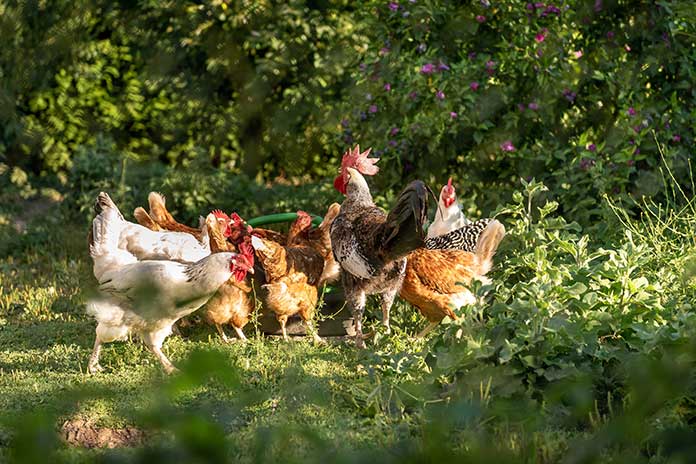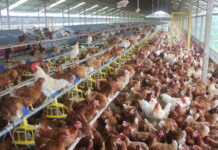
Receiving gut microbes from resistant chickens does not lessen chickens’ susceptibility to bacterium that causes food poisoning.
Susceptible chickens became even more susceptible to Campylobacter, the scientists were surprised to find. Transplanting gut microbes from chickens that are relatively resistant to Campylobacter bacteria into chickens that are susceptible does not improve resistance, a study has shown.
Campylobacter is a leading cause of food poisoning in people and is commonly found in chickens.
These findings were unexpected, contradicting previous studies in mice.
Common human disease
Campylobacter infections are a serious problem in people, resulting in diarrhoea and severe complications in some cases. Up to 80 per cent of cases are caused by consumers handling and eating contaminated chicken meat.
Each year, it is estimated that more than half a million people in the UK are infected with Campylobacter and the disease costs the country approximately £50 million.
Surveys have shown that a high proportion of fresh retail chicken is contaminated with Campylobacter and strategies are needed to tackle this issue.
Surprising finding
To determine the types and numbers of microbes present, Roslin scientists analysed the genetic makeup of gut microbiota from chicken lines with different resistance to the bacteria.
Transplanted gut bacteria only survived in the susceptible chickens for a limited time and those chickens became even more susceptible to Campylobacter, the scientists were surprised to find.
The scientists made use of the unique poultry lines held by the National Avian Research Facility at the Roslin Institute.
The results of the study, funded by the Biotechnology and Biological Sciences Research Council and the Scottish Government via the Rural and Environmental Science and Analytical Services programme of research, are published in the journal Applied and Environmental Microbiology.
The Roslin Institute receives strategic investment funding from the Biotechnology and Biological Sciences Research Council and it is part of the University of Edinburgh’s Royal (Dick) School of Veterinary Studies.

















